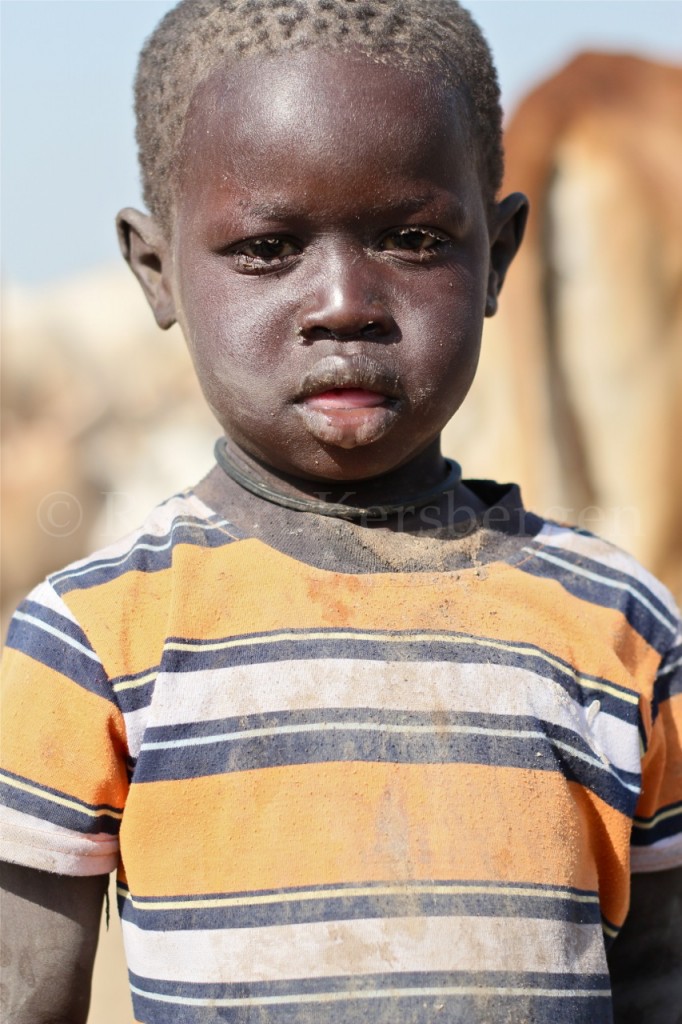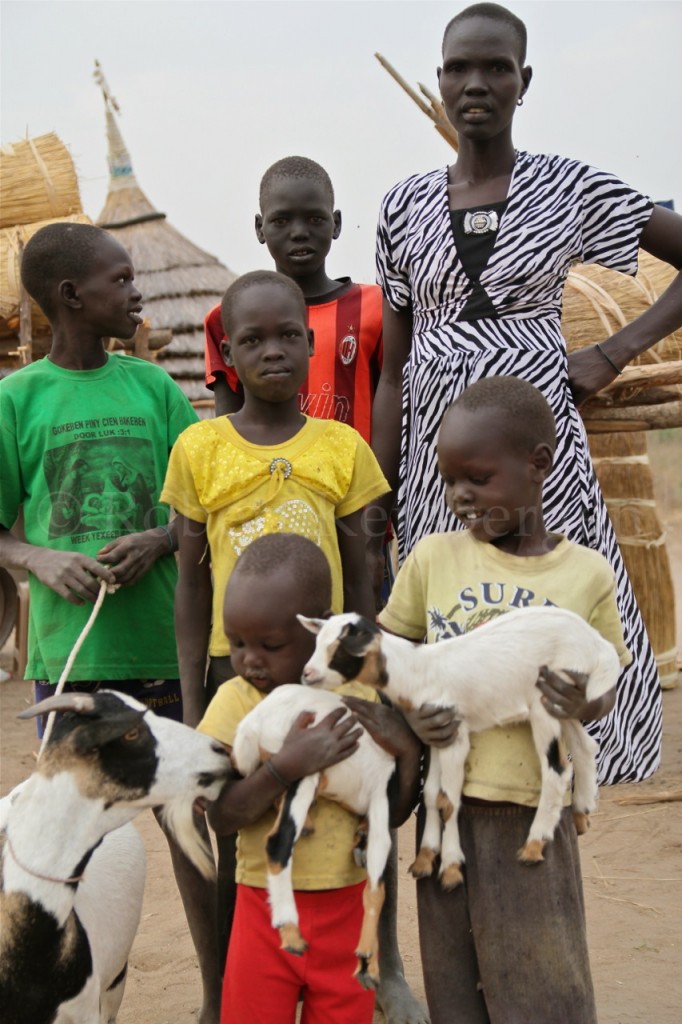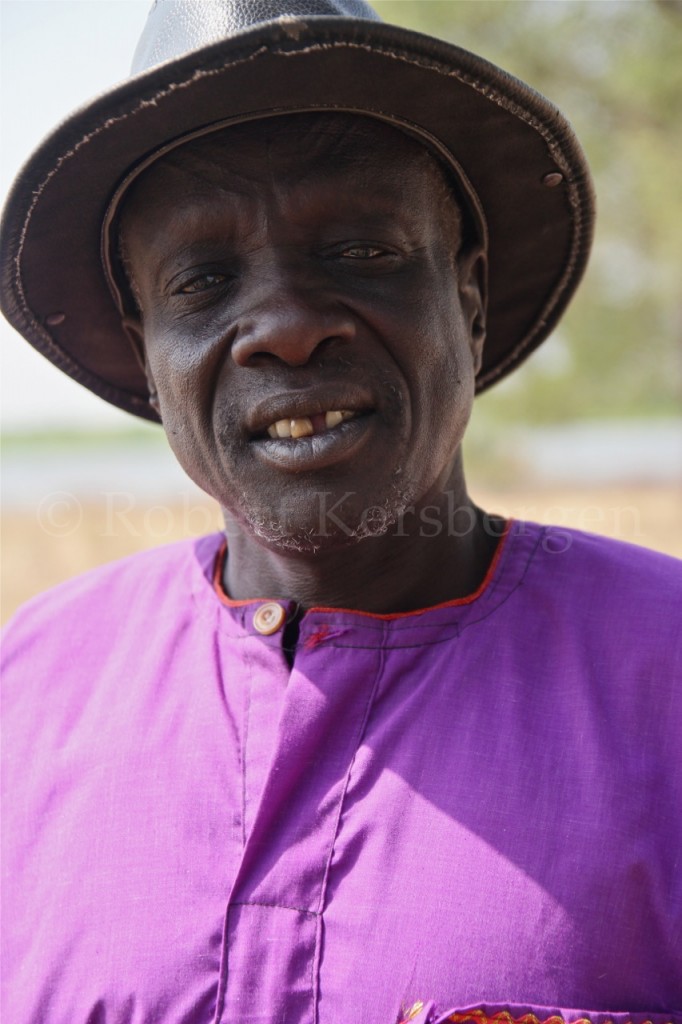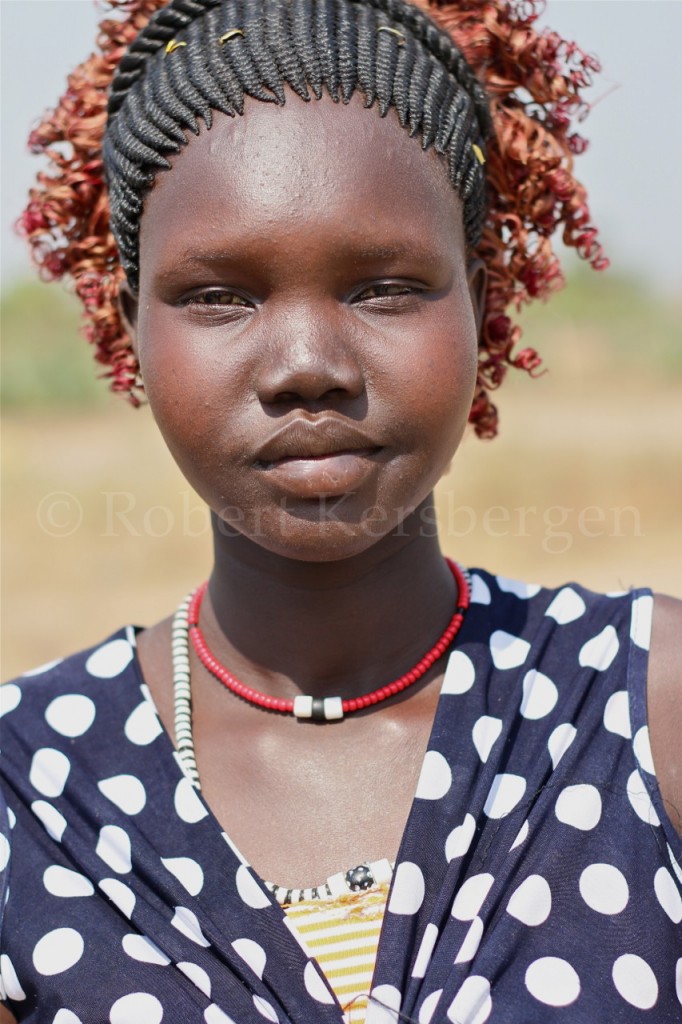For a documentary about a former childsoldier returning to his country of birth after living in Holland for twelve years I travelled to South Sudan. The first two weeks we spend in Juba were definitely very difficult. Juba is the youngest capital in the world and has grown immensely from a relatively small trading centre during the 50 year war to a chaotic city with a mix of different nationalities and Sudanese tribes after the 2005 peace agreement. Needless to say the years of war have left their marks on the people. Surely there are a lot of nice and honest people around, but also some of the worst individuals I’ve ever met during my travels. Walking the streets there I always felt a certain unsafety and indeed some nasty things happened to me and my Sudanese friend, which at the end made me wanna leave as soon as possible.
Luckily we also planned to have a look at the Dinka village close to Bor where my friends family is living now. During the war the people fled the surroundings of Gak (then called Adol Kolnyang Payam) from the bombings and ground attacks to seek refuge close to the Nile, a village formed which is now called Panpandiar. In case of an emergency the Dinka’s would just swim across the Nile, something they are still doing with their cows in search of land for their cattle to graze.
The Dinka are a proud people, recognisable by there markingings (reverse triangle) and removed lower teeth for beauty purposes. The people from Panpandiar are still living in a very traditional way. The women do most of the work such as agriculture, cooking and taking care of the children. When they are younger the men spend their time in a cattle camp and when they get married they usually spend their time lazing under a tree during daytime. The conditions are tough: dry land with swampy patches and therefore lots of mosquitoes and malaria. But the Dinka are tough people, among the tallest and strongest people in the world. Most of the men for instance were a lot taller than me which doesn’t happen a lot with my 6 ft 2, especially in Africa. It is said that its because of their diet of mainly fresh milk straight from the cow (three times daily in large amounts) some meat and available fruits and vegetables.
The cattle camps are something rather special also. First a big piece of grassland is set ablaze to create a septic environment with ashes. Then the Dinka men make a camp and gather the cows, secure them and spend the night guarding them. Big fires are lit with dry cowdung to keep the mosquitoes at bay and to provide light and warmth for the evening activities like dancing, singing and Dinka wrestling. During the day the cows are released to graze in the surrounding area. The Dinka’s take care of their animals very well. At dusk and at dawn they treat the cattle, and themselves on an ashrub as a protection against mosquitoes and tsetse flies. It also serves as soap in the absence of water.
During my stay I was amazed by the peacefullness of this village in contrast to what I experienced in Juba. The people are lovely, very hospitable and always in for a chat. It was a pity for me that I only learned minor Dinka so after the introductionary chat I had to resort to hands and feet to make myself sort of understood. After a few days of filming I got most of the shots I needed and deceided to start shooting portraits of these beautiful people. Most people never saw a white person, and sometimes not even a camera so the shooting of the portraits was an amazing experience both for them and for me. I made a promise to print them out and send them with the next people who will visit the education project of my South Sudanese friend.
I made a selection and I hope you will enjoy viewing these pictures as much as I did taking them! 🙂























































Marianne said, Prachtige portretten Robert!!
Arie Kersbergen said, Prachtige foto’s, vooral als ze vergroot worden!